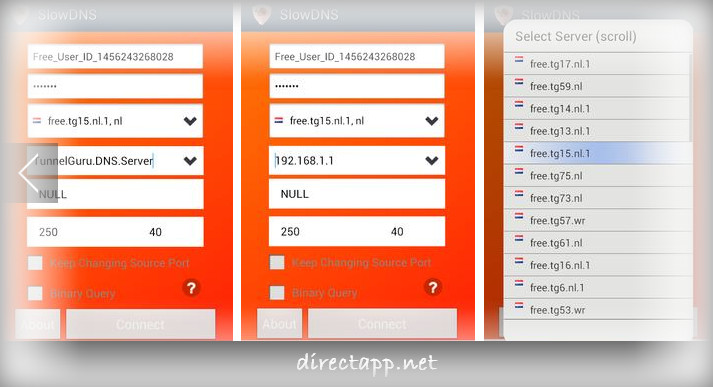

DNS tunneling exploits may provide attackers with an accessible backchannel to exfiltrate stolen information.The threats posed by DNS tunneling exploits include: An attacker doesn’t need to be particularly sophisticated to carry out DNS tunneling exploits. As a result, DNS is often overlooked.ĭNS is a confided and entrenched protocol, so cybercriminals can take advantage of the fact that many organizations don’t often investigate DNS packets for malevolent behavior.Īside from this, tunneling application bundles are now an industry and are widely accessible via the internet. Most organizations focus their security efforts on web and email traffic, as they see this as a regular source of attacks.

Attackers also have to control a server and a domain that may function as an authoritative server to carry out data payload executable programs and server-side tunneling.ĭNS was first created for name resolution rather than for data exchange, thus it’s often not viewed as a risk for data exfiltration or malicious interchanges of information. DNS tunneling generally features data payloads which can latch onto a target DNS server, allowing the attacker to manage applications and the remote server.ĭNS tunneling tends to rely on the external network connectivity of the compromised system-DNS tunneling needs a way into an internal DNS server that has network access. DNS tunneling is a DNS attack technique that involves encoding the information of other protocols or programs in DNS queries and responses.


 0 kommentar(er)
0 kommentar(er)
